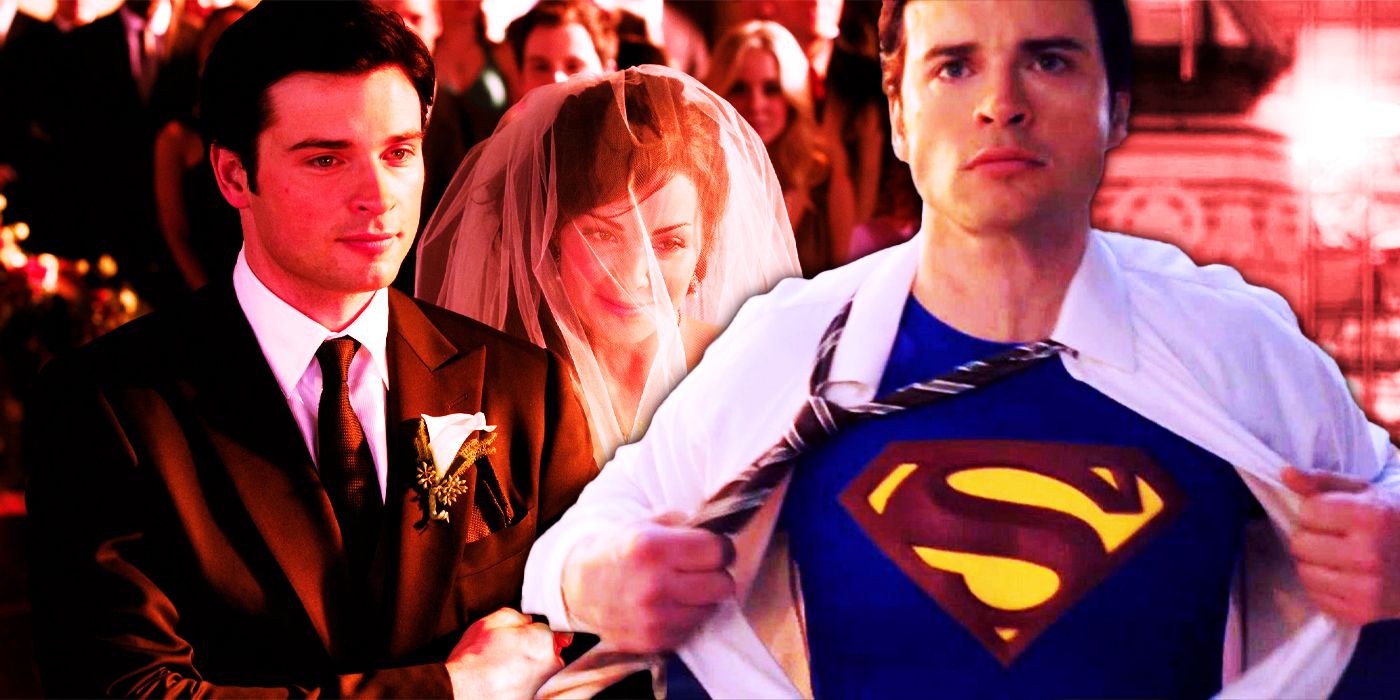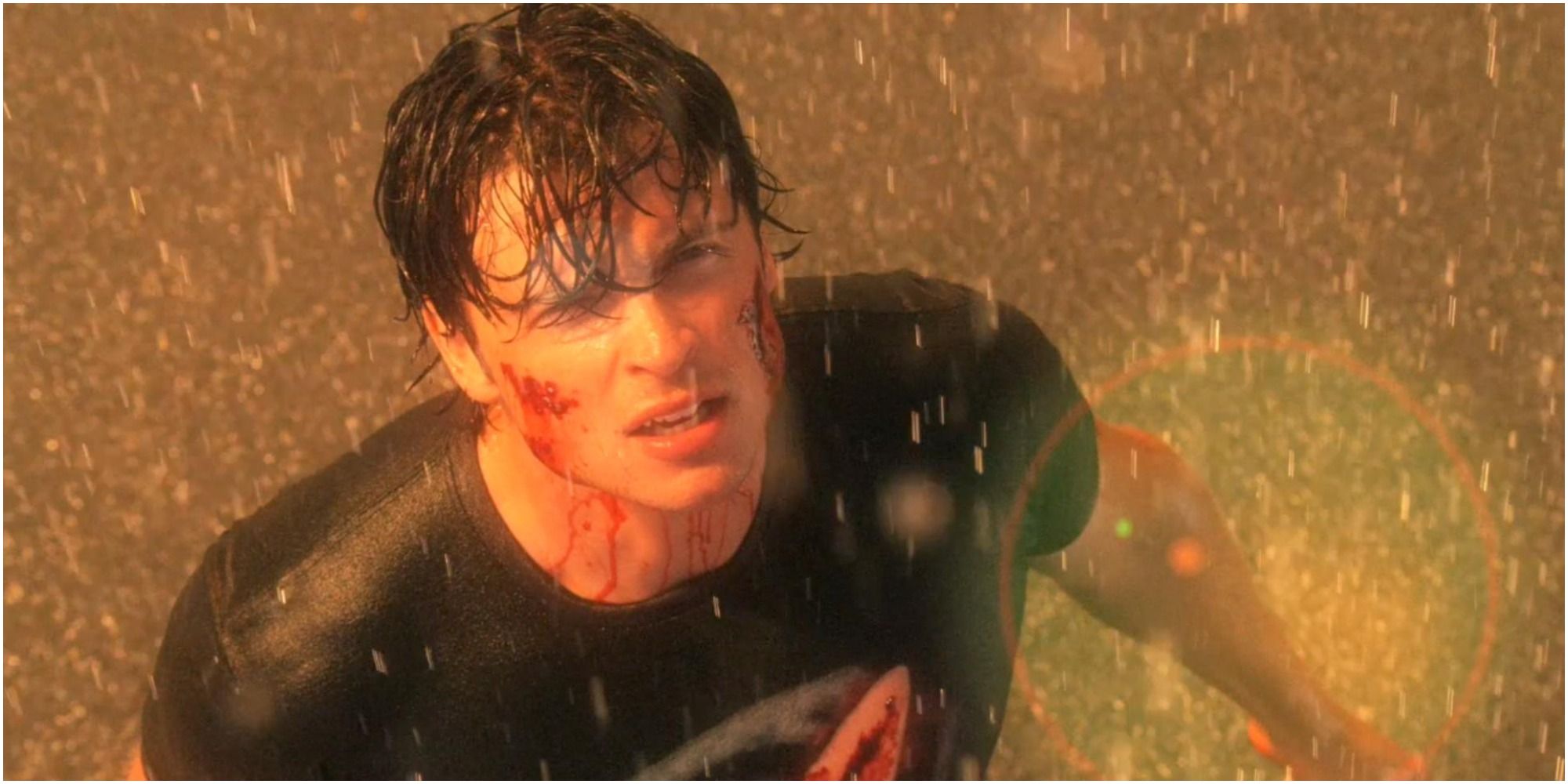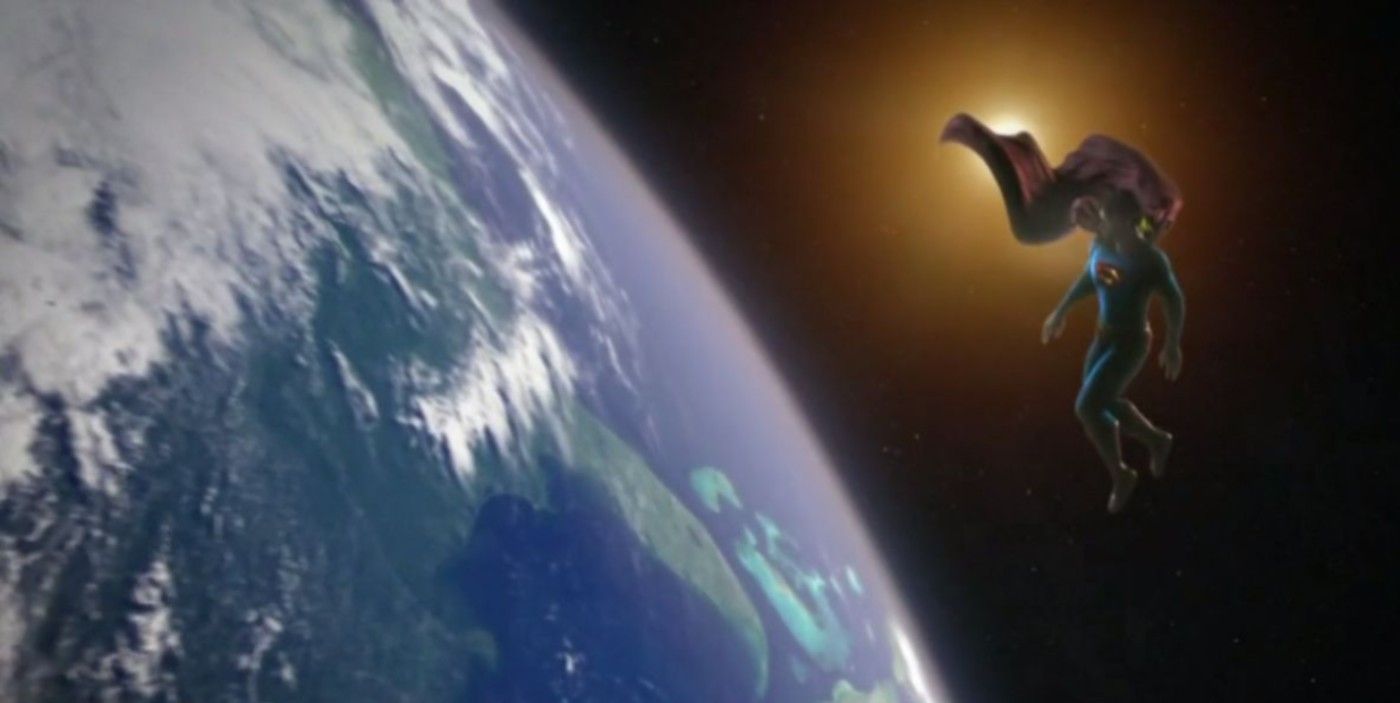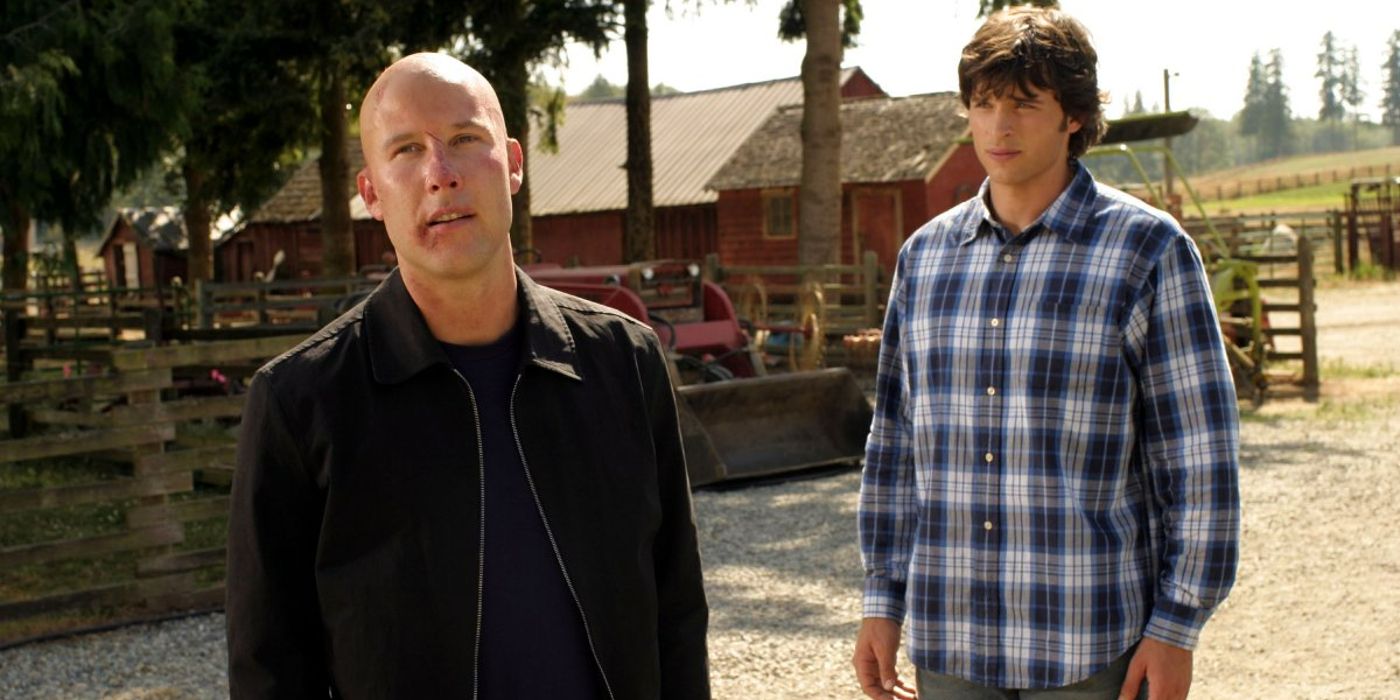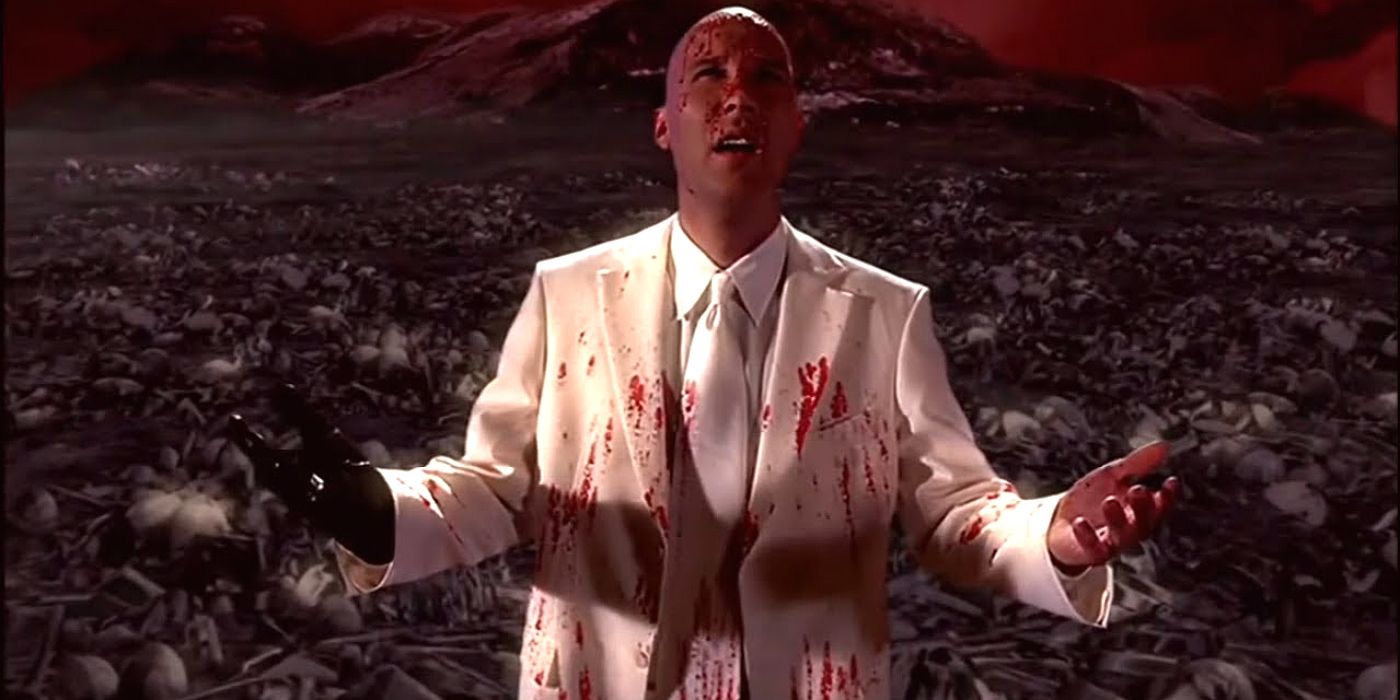Had Smallville's creators continued to be a part of the series in its final seasons, the show could've featured a different ending. Alfred Gough and Miles Millar, who developed the Superman prequel series, served as showrunners through its first seven seasons. But while both were responsible for much of what transpired in Clark's journey, neither played a role in how it all wrapped up.
While specific details remained ambiguous, the endgame for Smallville was never a secret. With Gough and Millar at the helm, it was made clear from the very beginning that the series was strictly about Tom Welling's Clark Kent becoming Superman. However, both exited the series at the end of season 7, allowing new showrunners to take the wheel at the start of season 8, which sparked a significant shift in the creative direction of the show. Looking at how Smallville concluded Clark's story, it's worth wondering what would have happened if this major shake-up hadn't occurred. Here's everything that's known about the original vision for the show's ending when the series began.
Smallville Wasn't Supposed To Last For 10 Seasons
There was never any intention for Smallville to run for ten seasons. Long after the show was over, Millar and Gough confirmed they had started out with a five-year plan for Clark's Smallville story, but it ended up lasting much longer than that [via KryptonSite] Knowing that the network wanted the show to go beyond season 8, Gough and Millar decided to walk away from the show after the conclusion of season 7 and move on to other projects. Gough claimed that they had already told the stories they wanted to tell [via THR].
In hindsight, it's clear that the show wasn't designed for a ten-season run. Clark's path toward becoming Superman had to be stretched out to ten full years. Of course, the biggest issue in making that work was the continued dedication to the guiding principle that Clark couldn't fly or wear the suit. As Gough said, the series eventually became "slaves" to that rule [via Collider]. As the series went on, Clark encountered more and more of Superman's most iconic villains, but was unable to fight them as the Man of Steel. Because no matter how long the show lasted or how many Superman stories it incorporated, Clark suiting up as Superman was never on the table.
What Smallville's Final Scene Would Have Been
According to the creators, one thing they knew was always going to happen in their version of the series finale was the final scene. What they had in mind was Clark putting on Superman's trademark suit and flying away in full-costume. In other words, Clark wouldn't wear the suit or fly until the very end, as it was their goal for the show to stay true to its strict "No Tights, No Flights" rule. After their departure, Smallville continued to implement this approach, but didn't exactly deliver the final scene as Millar and Gough laid it out.
How Smallville finally unveiled the Superman suit became a major point of criticism regarding the series finale. In contrast to what Gough and Millar had always described as their plan for how the costume would make its debut, Smallville didn't end with Clark flying. Instead, its final shot was Clark arriving at the roof of the Daily Planet and ripping open his shirt while preparing to take flight. As the camera zoomed in on the Superman emblem, the finale came to an end. Clark taking off wasn't actually shown at all.
Rather than let Clark fly in the last scene, the series worked this highly anticipated moment into the episode a few minutes prior. When Darkseid's Apokolips was about to crash into the Earth, Clark was seen flying into the planet as Superman and pushing it away. Afterward, Smallville showed Clark floating out in space in full costume, albeit from a distance. The fact that this was all done with CGI and without Welling ever physically putting on the suit made this a controversial ending to Smallville's ten-season run.
Clark & Lex's Dynamic Would've Been A Key Part Of Smallville's Ending
After being a series regular for seven seasons, Michael Rosenbaum left Smallville and didn't reprise his Lex Luthor role again until the series finale. During his time on the show, Lex's relationship with Clark was crucial to the fabric of the series, and that remained the case even when their friendship finally dissolved at the beginning of season 5. When he was brought back for the finale, his role wasn't much more than a cameo. The cornerstone of Clark's arc in the episode was his efforts to stop Darkseid, with Lex's resurrection being relegated to a side story tied to Tess Mercer's arc. Lex's return set up his storied rivalry with Superman from DC Comics eventually happening in Clark's post-Smallville future, but the two didn't cross paths in the finale.
Rosenbaum's exit may have made some of these creative decisions difficult to avoid, but they certainly weren't what Smallville's creators hoped to do with the Lex Luthor character and the ending of the series. Gough said in the past that their plan involved more focus on the Clark-Lex dynamic. If obstacles such as Rosenbaum's long-term absence from the show weren't in play, it's likely that Smallville would've made Clark's personal conflict with Lex a central part of the ending rather than keep his attention on Apokolips and Darkseid.
Smallville's Ending Would've Paid Off A Season 1 Tease
In addition to keeping Lex a part of the series, Gough and Millar had always planned to pay off a memorable tease from season 1. In "Hourglass," Lex met Cassandra, an elderly woman who could see the future by touching a person's hand. The end of the episode showed Cassandra dying after catching a horrific glimpse into Lex's fate. Dressed in a white suit, Lex was the President of the United States in Cassandra's vision. He was shown standing amidst a field of corpses as blood rained down on him from the sky. What she saw confirmed that in spite of Lex being depicted as a truly good person at heart, his character was still destined to follow in the footsteps of his counterpart.
Gough and Millar hoped to incorporate this reveal into Smallville's finale. They felt that Clark going to the White House to interview President Luthor would be an ideal "framing device" for the finale. Ultimately, Lex was brought back too late in the show's run for this plan to be realized onscreen, but Clark Kent's cameo in the Arrowverse's "Crisis on Infinite Earths" event included a "President Luthor" reference that finally fulfilled Cassandra's vision of his future. An older version of Clark making a comment about Lex being the president confirmed that the villain did indeed acquire the nation's highest office at some point after the show's final episode.

